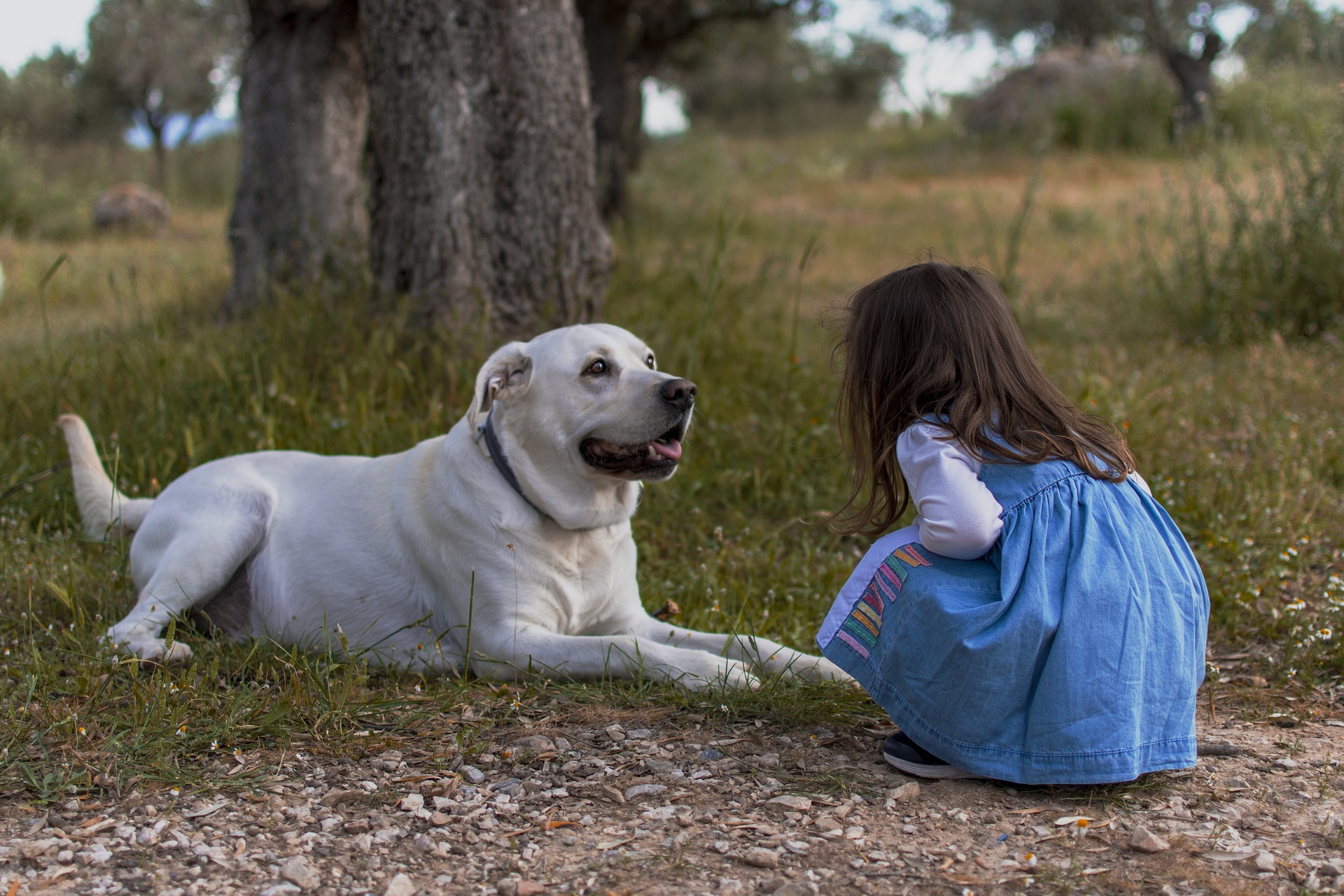Positive Reinforcement: Transformative Dog Training Techniques
Discover how the power of positive reinforcement can revolutionize your approach to dog training. This method promotes mutual understanding and respect, leading to a stronger bond between you and your furry friend. Read below to explore this transformative technique in depth.

Positive Reinforcement Explained Positive reinforcement is a dog training method that encourages desirable behaviors by rewarding your pet when it behaves correctly. The reward could be a treat, praise, or a favorite toy. This method relies on the principle that behaviors followed by pleasant consequences are likely to be repeated.
Benefits of Positive Reinforcement Apart from teaching your dog new tricks, positive reinforcement has numerous other advantages. It fosters mutual respect and understanding between you and your pet, enhancing your bond. Furthermore, it helps alleviate anxiety and stress in dogs, leading to improved mental health and overall well-being.
Implementing Positive Reinforcement To begin, identify a behavior you’d like your dog to learn or improve. Each time your pet exhibits this behavior, reward it immediately. Be consistent with your rewards and timing. Gradually, your dog will associate the behavior with the reward, leading to a higher likelihood of the behavior being repeated.
Common Mistakes to Avoid While using positive reinforcement, it’s crucial to avoid common mistakes. Don’t reward your dog before it has completed the desired behavior, as this may confuse your pet. Additionally, avoid using punishment as it can cause fear or aggression and damage the bond between you and your dog.
Transitioning to Verbal Cues and Gestures Once your dog reliably performs the desired behavior for a treat, you can start to transition to verbal cues and gestures. Begin by introducing the cue before giving the treat. Over time, your pet will associate the cue with the behavior and the reward, allowing you to phase out the treats gradually.
Useful Tips and Facts: - Use small, low-calorie treats to avoid overfeeding your dog. - Be patient and consistent with your training sessions. - Keep sessions short and fun to maintain your dog’s interest. - Regularly switch up the rewards to keep your pet motivated.
Conclusion: Positive reinforcement is a powerful and humane method of dog training that not only teaches your pet new behaviors but also strengthens your bond. By understanding and implementing this technique correctly, you can create a harmonious and respectful relationship with your dog, enhancing its overall well-being.




